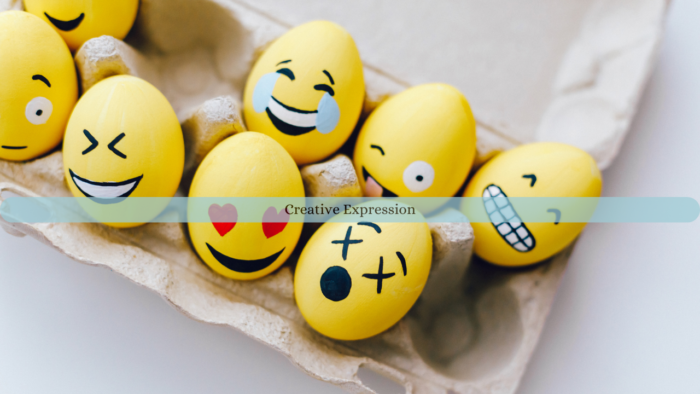
Addiction is often a complex and deeply rooted issue that affects millions of individuals worldwide. While traditional treatment methods such as therapy and medication are vital in the recovery process, alternative approaches like art therapy have gained recognition for their profound impact. Healing through art allows individuals to express their emotions, confront their struggles, and ultimately find a path to recovery. By engaging in creative expression, many have discovered a means to break the chains of addiction.
Art therapy encompasses a wide range of creative practices, including painting, drawing, music, writing, and dance. These activities provide a safe space for individuals to explore their feelings and experiences without the need for verbal communication. For those battling addiction, expressing emotions through art can be particularly liberating. Often, individuals find it difficult to articulate their pain and struggles with addiction verbally; art offers an alternative form of communication that can be both powerful and cathartic.
One of the most significant benefits of creative expression is its ability to foster self-discovery and self-acceptance. As individuals create art, they often confront deep-seated emotions related to their addiction—such as shame, guilt, and fear. By channeling these feelings into their artwork, they begin to understand their experiences better and can visualize their journey toward recovery. This process not only helps in identifying triggers but also promotes a sense of agency, allowing individuals to reclaim control over their lives.
Moreover, art can serve as a tool for mindfulness, helping individuals focus on the present moment. Engaging in creative activities encourages mindfulness, which is crucial in recovery. Mindfulness practices help individuals become aware of their thoughts and feelings without judgment, allowing them to respond to cravings or negative emotions with greater clarity and composure. In this way, art becomes a form of meditation, where individuals can immerse themselves in the creative process, reducing anxiety and fostering a sense of calm.
Community is another essential element in the healing process, and art can bring people together in profound ways. Participating in group art therapy sessions creates a supportive environment where individuals can share their experiences, gain insights, and encourage one another. This sense of belonging is vital for those in recovery, as addiction can often lead to isolation. Through shared creative experiences, individuals can develop meaningful connections, reducing feelings of loneliness and increasing their resilience against relapse.
Additionally, the act of creating art can enhance self-esteem and build confidence. Many individuals recovering from addiction struggle with self-worth and may feel defined by their past behaviors. Art allows them to produce something tangible, which can foster a sense of accomplishment and pride. As they witness their growth through their creative endeavors, they begin to see themselves as more than their addiction; they become artists, storytellers, and innovators.
In conclusion, healing through art is a powerful and transformative process that can significantly aid individuals in breaking the chains of addiction. By providing an outlet for emotional expression, fostering self-discovery, encouraging mindfulness, building community, and enhancing self-esteem, creative expression plays a crucial role in the recovery journey. As more people recognize the therapeutic benefits of art, it is essential to integrate creative approaches into traditional addiction treatment programs, paving the way for holistic healing and a brighter future for those affected by addiction.